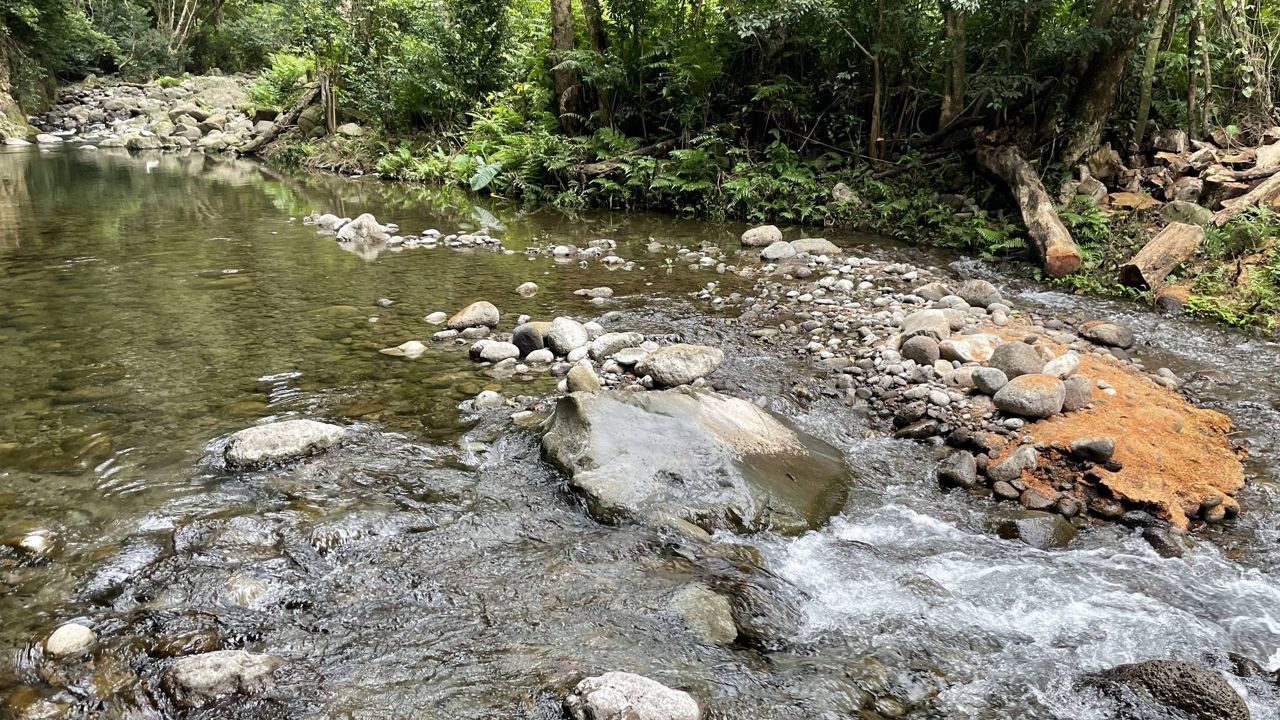Maui is facing a historic drought and residents have been asked to conserve water.
The State Commission of Water Resource Management called Maui’s drought historic and is asking people on Maui to conserve water. In particular, residents of west Maui and Nahiku, which is along the Hana Highway, who are served by the Maui County Department of Water Supply have been asked by the county to conserve water.
Along with Maui, most of the state is experiencing a drought — despite the fact that this is the rainy season.
“A significant lack of rainfall across the island has resulted in a lack of groundwater recharge and surface flow,” said State Commission of Water Resource Management Deputy Kaleo Manuel in a press release. “Normal wet season rainfall has not materialized and streams that are normally gushing with water are barely flowing. This is deepening our already grave concerns about the effects of seasonal drought on water supplies.”
Maui’s water supply is reliant on surface flow to meet potable water demands in west Maui, upcountry and central valley and the lack of streamflow is impacting these regions, according to the Department of Land and Natural Resources. Many communities on Maui also rely on surface flow for domestic water supply, agricultural irrigation and growing kalo.
The limited rainfall during the wet season may impact Maui when the dry season arrives. This will increase the likelihood of wildfires.
In some areas, the streamflow is approaching the lowest levels ever recorded. Oheo Stream at Kipahulu has stopped flowing above Seven Sacred Pools, which is normally an iconic fresh-water swimming spot within Haleakala National Park.
In west Maui, rainfall has slowed near the Honolua Ditch and Kanaha Stream, which supply water to the Mahinahina and Lahaina Water Treatment Facilities, according to a Maui County press release. The facility at Mahinahina was shut down on March 7 and will remain closed until an adequate amount of water is available.
Nahiku is served by the East Maui Irrigation tunnel and a lack of waterfall has reduced water flow in the tunnel. The Department of Water Supply brought tankers with potable water to Nahiku on March 10.
Maui residents are encouraged to abstain from washing their cars, washing down driveways or sidewalks and watering lawns. Additionally, people can turn off the water while brushing their teeth and take shorter showers.
One of the best ways to conserve water is to install water-efficient appliances, like toilets, and fix leaks, according to the Maui County Department of Water Supply. Currently, the department has a program to replace older toilets with ultra high-efficiency toilets, as toilets can account for up to a quarter of a household’s water use, and provides free replacement faucets, showerheads and hose bibs. The Department of Water Supply is also giving away free 50-gallon rain barrels for catchment, which are another tool for water conservation.




